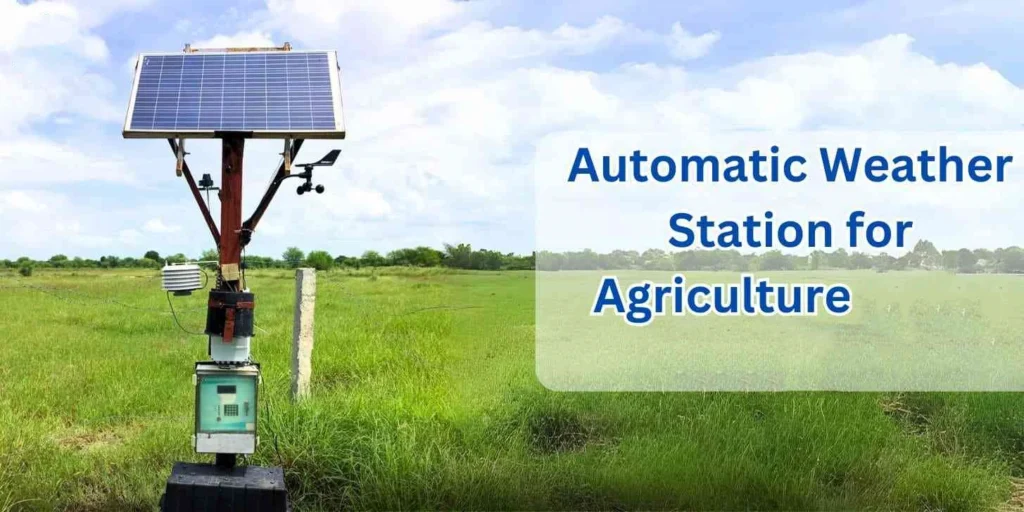
# Automatic Weather Station: Definition and Functionality
An Automatic Weather Station (AWS) is a sophisticated system designed to collect and record meteorological data without the need for constant human intervention. These stations are widely used in various fields, including agriculture, aviation, environmental monitoring, and climate research.
## What is an Automatic Weather Station?
An Automatic Weather Station is a collection of sensors and instruments that measure atmospheric conditions such as temperature, humidity, wind speed, wind direction, rainfall, and barometric pressure. The data collected by these sensors is typically transmitted to a central database or displayed on a local interface for real-time monitoring.
### Components of an Automatic Weather Station
An AWS typically consists of several key components:
– Sensors: These are the primary instruments that measure various weather parameters. Common sensors include thermometers, hygrometers, anemometers, rain gauges, and barometers.
– Data Logger: This device records the data collected by the sensors. It can store data locally or transmit it to a remote location.
– Power Supply: Most AWS units are powered by solar panels, batteries, or a combination of both to ensure continuous operation.
– Communication System: This system transmits the collected data to a central server or a local display unit. It can use various communication methods such as GSM, satellite, or radio waves.
## Functionality of an Automatic Weather Station
The primary function of an Automatic Weather Station is to provide accurate and timely weather data. Here are some of the key functionalities:
### Data Collection
The AWS continuously collects data from its sensors. This data is essential for understanding current weather conditions and for making short-term and long-term weather forecasts.
### Data Transmission
Once the data is collected, it is transmitted to a central database or a local display unit. This allows meteorologists, researchers, and other users to access the data in real-time.
### Data Analysis
The collected data can be analyzed to identify weather patterns, trends, and anomalies. This analysis is crucial for various applications, including climate research, agricultural planning, and disaster management.
### Alerts and Warnings
Some AWS systems are equipped with the capability to issue alerts and warnings based on the data they collect. For example, if an AWS detects a sudden drop in barometric pressure, it can issue a storm warning.
## Applications of Automatic Weather Stations
Automatic Weather Stations are used in a wide range of applications:
– Agriculture: Farmers use AWS data to make informed decisions about planting, irrigation, and harvesting.
– Aviation: Airports use AWS to monitor weather conditions and ensure the safety of flights.
– Environmental Monitoring: AWS helps in monitoring environmental parameters such as air quality and water levels.
– Climate Research: Scientists use AWS data to study climate change and its impacts.
## Conclusion
Automatic Weather Stations play a crucial role in modern meteorology and environmental monitoring. By providing accurate and timely weather data, they help in making informed decisions in various fields. Whether it’s for agricultural planning, aviation safety, or climate research, AWS systems are indispensable tools for understanding and predicting weather conditions.
Keyword: what is automatic weather station
